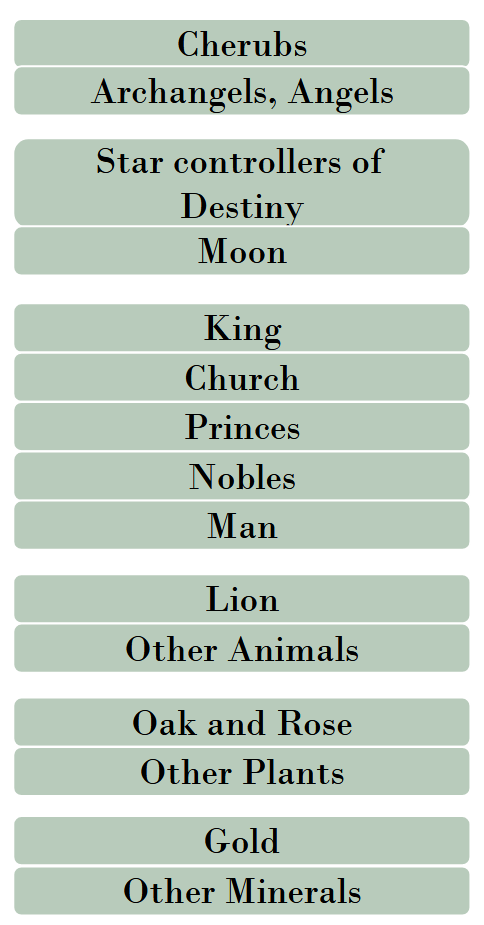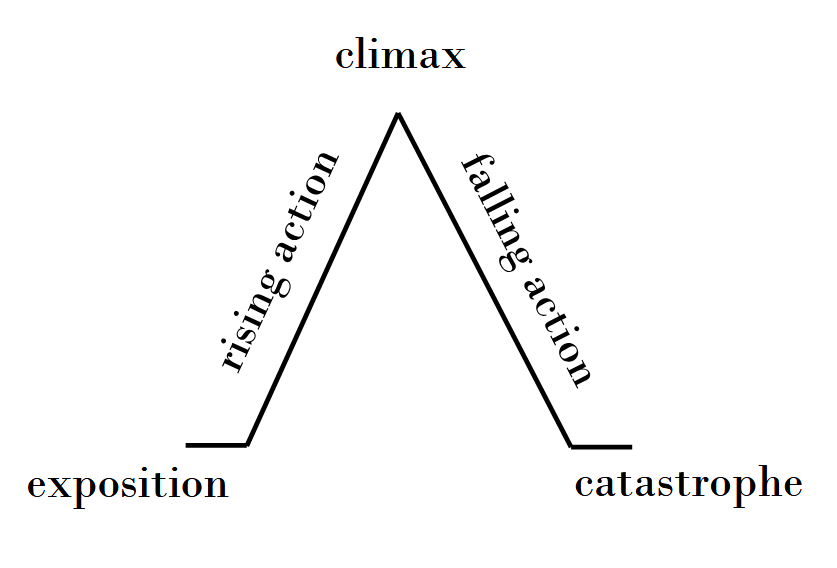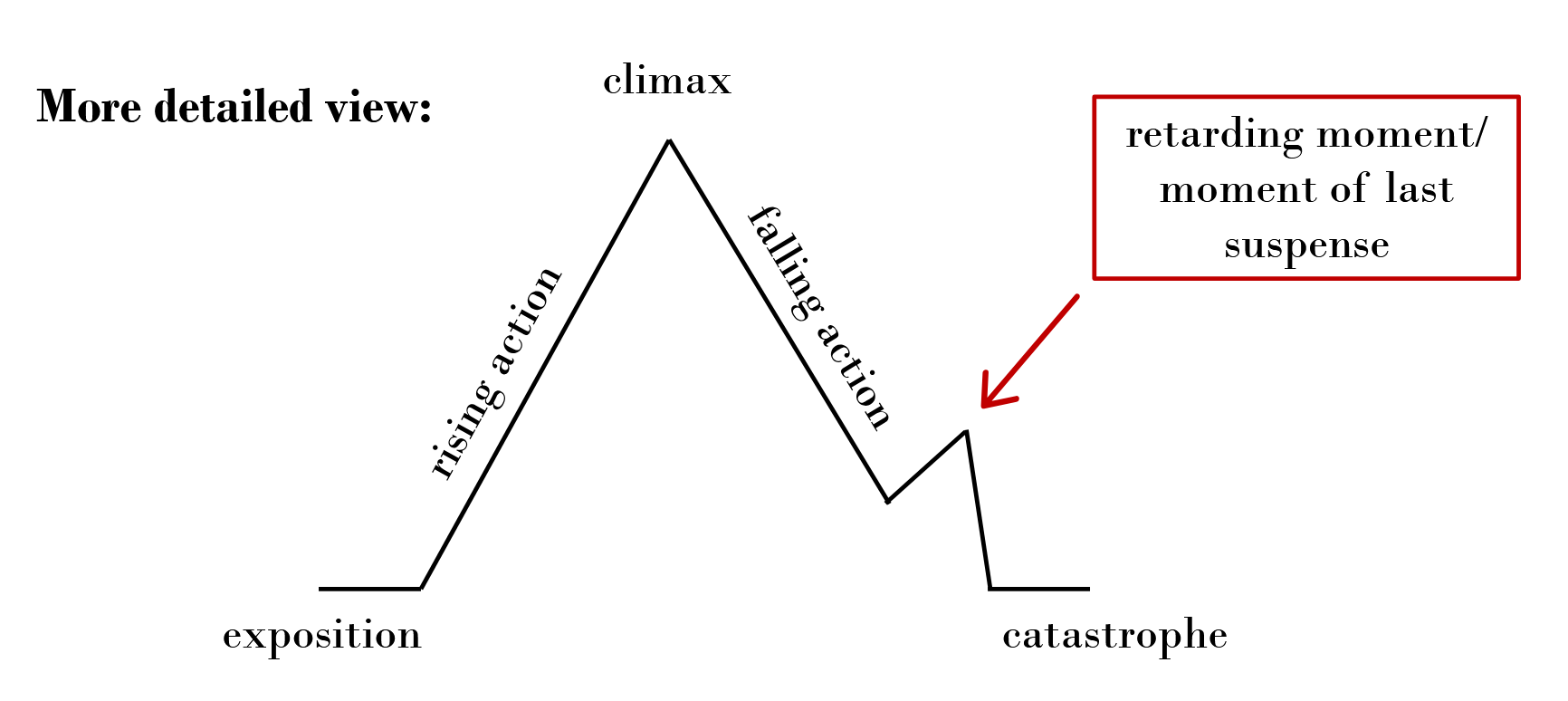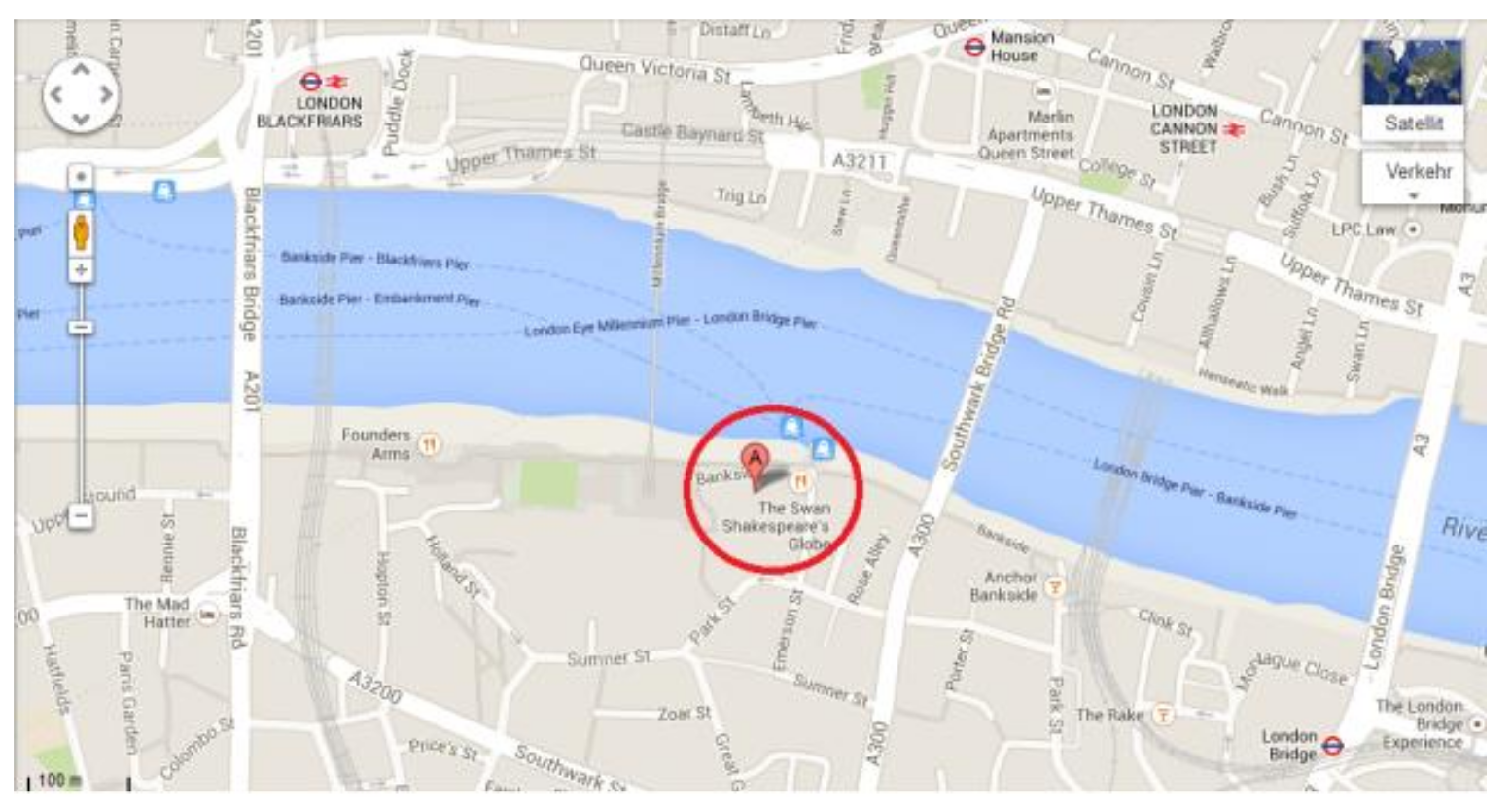Session 4: Shakesperan Tragedy: King Lear and its Theatrical Contexts
1/12
There's no tags or description
Looks like no tags are added yet.
Name | Mastery | Learn | Test | Matching | Spaced |
|---|
No study sessions yet.
13 Terms
textual history of King Lear
• first printed in 1608
• third appearance in First Folio in 1623 (modified according to
company’s prompt book)
• modern editions tend to conflate the two versions
The Genre of (Classical) Tragedy: The Tragic Protagonist
• high social rank → ‘fall of princes’
• ‘tragic flaw’ in his character / misreading of an important situation → leads to the protagonist’s downfall
• desired effect on the audience: catharsis (emotional purification,pity and fear) through identification with the protagonist
What is Lear’s tragic flaw?
• vanity, inability to distinguish between flattery and true love
inability to control emotions (madness=
How is catharsis achieved in King Lear?
goes from king to beggar, loses everything
ultimate downfall: makes up with Cordelia, then both die
feel pity for him, punished too harshly
Cordelia’s death is emotional for the audience because she is innocent → intensifies Catharsis
The chain of being
evaluation of his behaviour related to the cultural context of Shakespeare’s time
• very hierarchical, fixed places for every being, no possibility of change
• interdependency of different realms
→ violations of this order affect other realms as well: Lear goes mad → everything goes wrong
Lear violates the hierarchy by giving up his kingdom: punished by God/fate

3 Unities of Classical Drama
• unity of time (no gaps)
• unity of place (one or very few locations)
• unity of action (coherence, concentration)
point of the unities: keeps the suspense, audience can follow for catharsis
Does the Subplot in King Lear violate the unity of action?
yes: draws attention away from main plot, overcrowding
no: subplot is very similar, mirrors the main plot → audience stays with the play → appeal to social rank
Shakespeare stretches the rules of classical drama to keep all audience members engaged, stay invested through stretches, offer ambiguity and offers freedom to the audience on how to read the play
but he keeps the overall coherence
Freytag’s Triangle/Pyramid
→ overall effect: symmetry (usually 5 acts), regularity, continuity
→ ending is often foreshadowed already in Act I

Shakespeare’s view on the triangle/pyramid
The triangle/pyramid charts both the audience’s involvement in the play (tension) and the protagonist’s development (learning process).
Lear: perception of his daughters changes, realizes his mistake, realizes he did not take care of his kingdom and his people

Plot Development in King Lear
Rising action: Goneril and Reagan treat Lear worse and worse
Climax: Lear on the heath in the storm, oscillating between insight and madness (Act III)
Catastrophe: all the main characters die, survivors (minor good characters) guarantee a sense of continuity, villain Edmund repents and affirms the social order
Retarding moment: advent of the French army, Lear and Cordelia re-united (IV, 7)
Elizabethan Theatre
• theatre is not considered ‘art’ in Shakespeare’s times but (popular)entertainment
• spectators behaved accordingly
• closely connected to location of most London theatres: outside the ‘respectable’ parts of the city

Characteristics of Elizabethan Theatre
• large audiences, often rather unruly
• theatre attended by all social groups and classes
• hierarchical structure in terms of the different seating areas (e.g.‘groundlings’ stand close to the stage)
→ classes separated by seat prices
• proscenium stage: close spatial proximity (and often interaction) between actors and audience; spectators are placed (almost) all around the stage
• no female actors
• hardly any scenery or stage props
• no curtain
• performances in daylight
Consequences for Shakespeare’s Plays
• different kinds of spectators (social class, educational background) have to be addressed in one play
→ use of different social ranks offering identification, distinguished by the use of verse (usually iambic pentameter for higher ranks) and prose for lower ranks
• use of ‘comic relief ’ in tragedy: the fool
• possibility of multiple readings of one scene
• ideological ambiguity (potential political criticism)
→ Elizabethan theatre gave rise to elements in Shakespeare’s plays which are often marginalised in performances (especially of the tragedies) nowadays